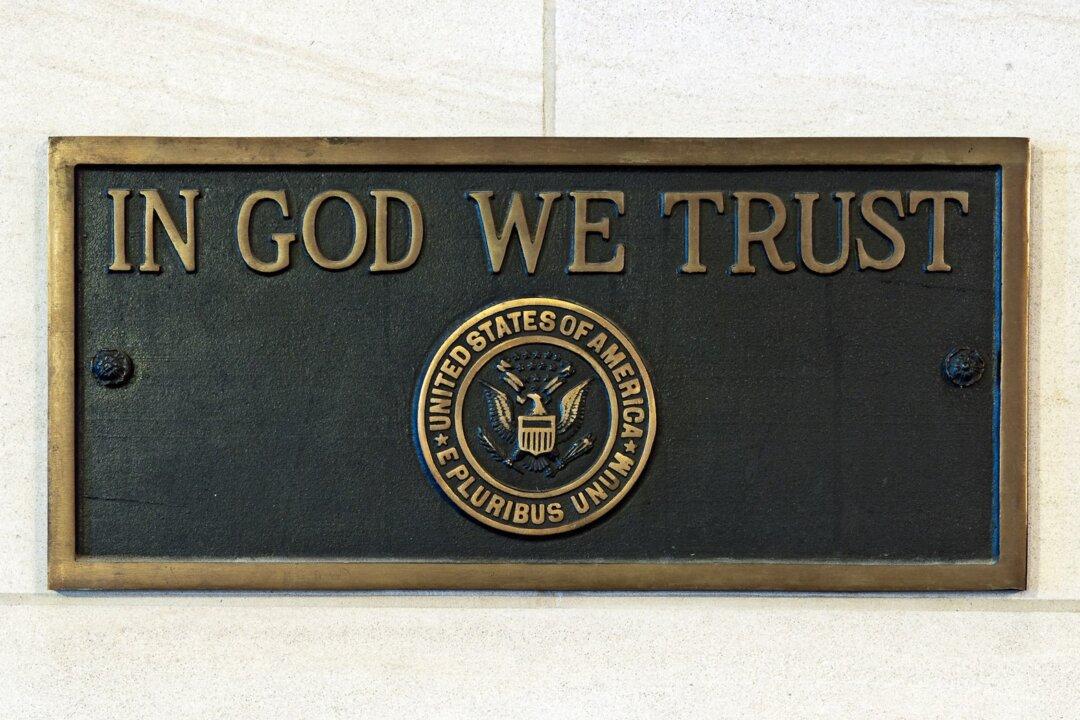The Civil War had raged for seven months, but its worst battles were yet to come. Rev. M.R. Watkinson, a Pennsylvania minister, contemplated the very worst of possibilities that could arise from the Civil War and articulated his concerns in a letter to Salmon Chase, the Secretary of the Treasury.
“What if our Republic were now shattered beyond reconstruction?” Watkinson asked.






